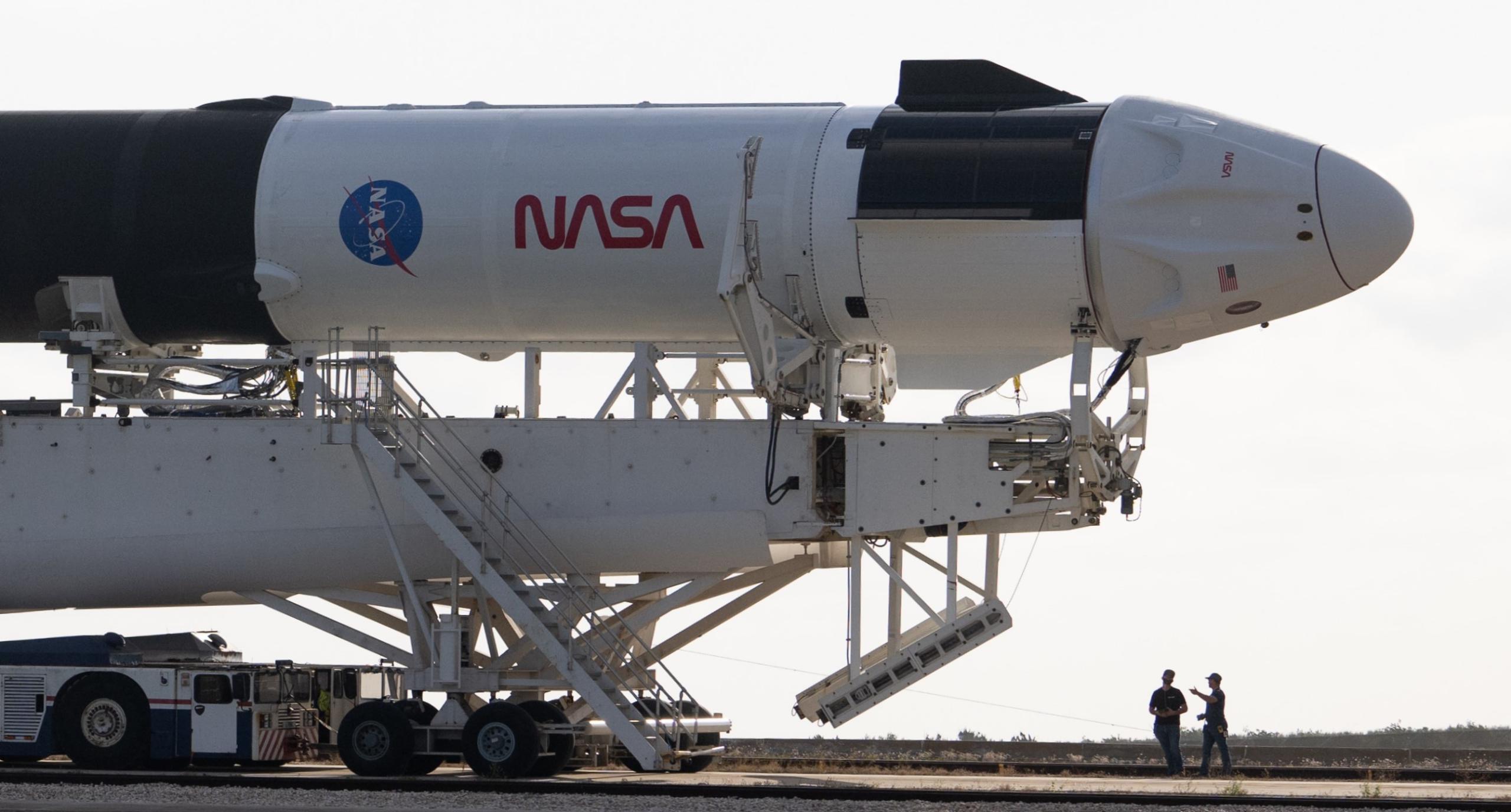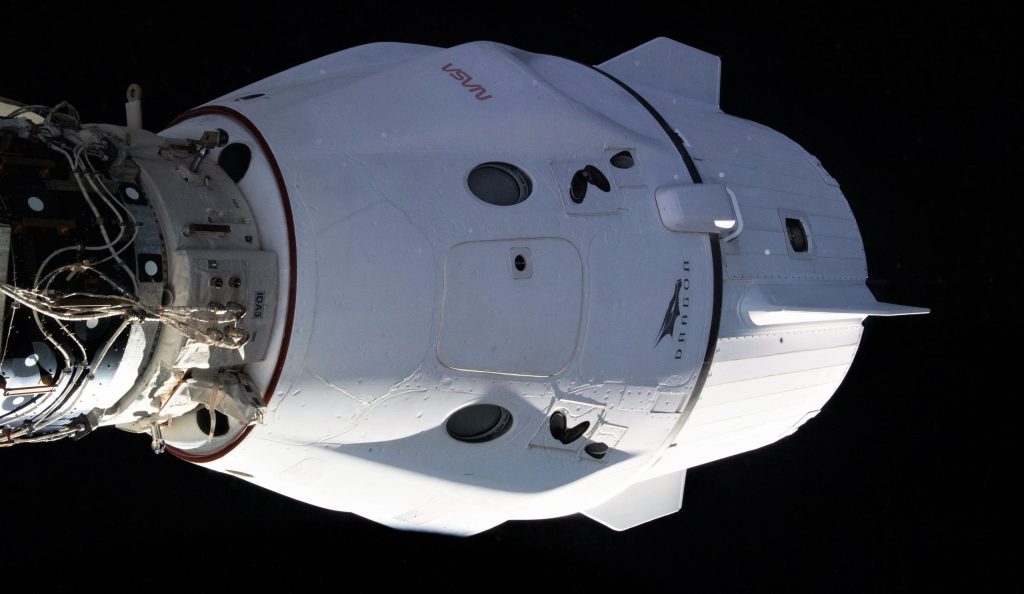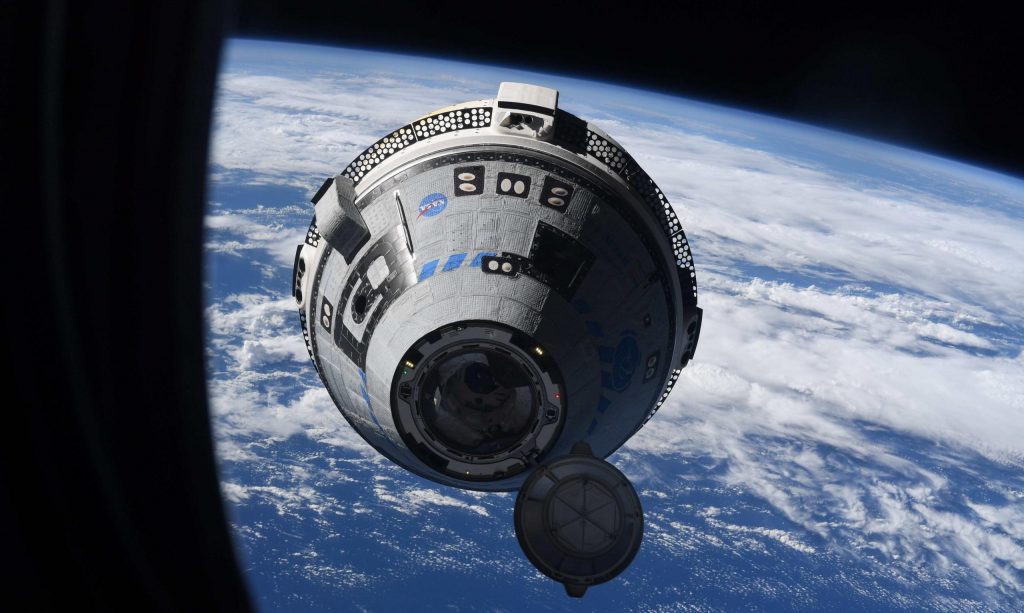

News
NASA awards SpaceX five more Dragon astronaut launch contracts
NASA has finalized plans to purchase another five Crew Dragon launches from SpaceX, securing its astronauts access to the International Space Station (ISS) through 2030.
The award comes three months after NASA issued a notice of intent to purchase five additional missions from SpaceX. The space agency signed a different contract for three more Crew Dragon launches just three months before the latest order, meaning that NASA has now purchased eight new Crew Dragon launches from SpaceX in six months – doubling the spacecraft’s future launch manifest in the process.
August 31st’s order adds Crew missions 10 through 14 to Crew Dragon’s roster and brings its total number of planned operational NASA astronaut launches to 14. NASA says the five extra missions will cost $1.44 billion and raise the total value of SpaceX’s Crew Dragon CCtCap contract to $4.93 billion.
Factoring in a sum of approximately $2.74 billion that funded development and three test launches, NASA will ultimately pay an average of $328 million for each of 15 productive Crew Dragon astronaut launches (including Demo-2, the spacecraft’s first crewed test flight). Assuming four astronauts fly on each operational launch, the average price per astronaut launched through 2030 will be $85 million.
With its latest contract, NASA will beat that average and pay $288 million per launch ($72 million per astronaut). Crew-10 through Crew-14 will likely occur in the late 2020s, meaning that the space agency may be saving even more money than is immediately obvious. Assuming an inflation rate of 2.5% over the next eight years, $288 million today could be worth around $235 million in 2030. SpaceX is not paid until after its services are rendered.

NASA’s decision to award SpaceX eight new Crew Dragon launch contracts in 2022 is a major blow to its second Commercial Crew provider, Boeing, which has received zero additional orders. It also emphasizes just how good of a deal the agency got with SpaceX. Once said to be “well positioned to fly [its] first crew in early 2020,” Boeing’s Starliner crew capsule finally completed its first (mostly) successful uncrewed test flight in May 2022. Boeing and NASA are now working towards February 2023 for the spacecraft’s first crewed test flight, delaying Starliner’s first operational astronaut launch until late 2023 at the earliest.
Starliner still has only six operational launch contracts, which date back to ta guarantee in the original 2014 CCtCap awards that promised 2-6 operational launch contracts per provider. Thanks to NASA’s fixed-price contract with Boeing, the agency won’t have to cover the almost $700 million that years of Starliner delays and a test flight do-over have cost the company to date, but taxpayers will still end up paying a total of $4.49 billion – $748 million per operational Boeing astronaut launch.

Even using iffy Boeing calculus that claims NASA will get five seats of value per launch by adding an extra astronaut or cargo, the space agency would end up paying $150 million per astronaut through 2030. If only four astronauts launch on each Starliner, the average price per seat rises to $187 million.
Unless Boeing is able to find a commercial customer willing to burn tens or hundreds of millions of dollars to avoid launching private astronauts with SpaceX, it may never recoup the losses it has incurred developing Starliner. Worse, without Boeing paying even more out of pocket to certify Starliner to launch on a different rocket, the spacecraft will find itself without a certified rocket after its sixth operational launch.
Meanwhile, on top of eight new NASA contracts, Crew Dragon has already supported two private astronaut launches and SpaceX has contracts for five more private missions through 2024. Put simply, thanks in large part to the void created by Boeing’s surprising shortcomings, SpaceX practically owns the western market for crewed orbital spaceflight and will likely continue to dominate it throughout the 2020s.

News
Tesla FSD fleet is nearing 7 billion total miles, including 2.5 billion city miles
As can be seen on Tesla’s official FSD webpage, vehicles equipped with the system have now navigated over 6.99 billion miles.

Tesla’s Full Self-Driving (Supervised) fleet is closing in on almost 7 billion total miles driven, as per data posted by the company on its official FSD webpage.
These figures hint at the massive scale of data fueling Tesla’s rapid FSD improvements, which have been quite notable as of late.
FSD mileage milestones
As can be seen on Tesla’s official FSD webpage, vehicles equipped with the system have now navigated over 6.99 billion miles. Tesla owner and avid FSD tester Whole Mars Catalog also shared a screenshot indicating that from the nearly 7 billion miles traveled by the FSD fleet, more than 2.5 billion miles were driven inside cities.
City miles are particularly valuable for complex urban scenarios like unprotected turns, pedestrian interactions, and traffic lights. This is also the difference-maker for FSD, as only complex solutions, such as Waymo’s self-driving taxis, operate similarly on inner-city streets. And even then, incidents such as the San Francisco blackouts have proven challenging for sensor-rich vehicles like Waymos.
Tesla’s data edge
Tesla has a number of advantages in the autonomous vehicle sector, one of which is the size of its fleet and the number of vehicles training FSD on real-world roads. Tesla’s nearly 7 billion FSD miles then allow the company to roll out updates that make its vehicles behave like they are being driven by experienced drivers, even if they are operating on their own.
So notable are Tesla’s improvements to FSD that NVIDIA Director of Robotics Jim Fan, after experiencing FSD v14, noted that the system is the first AI that passes what he described as a “Physical Turing Test.”
“Despite knowing exactly how robot learning works, I still find it magical watching the steering wheel turn by itself. First it feels surreal, next it becomes routine. Then, like the smartphone, taking it away actively hurts. This is how humanity gets rewired and glued to god-like technologies,” Fan wrote in a post on X.
News
Tesla starts showing how FSD will change lives in Europe
Local officials tested the system on narrow country roads and were impressed by FSD’s smooth, human-like driving, with some calling the service a game-changer for everyday life in areas that are far from urban centers.

Tesla has launched Europe’s first public shuttle service using Full Self-Driving (Supervised) in the rural Eifelkreis Bitburg-Prüm region of Germany, demonstrating how the technology can restore independence and mobility for people who struggle with limited transport options.
Local officials tested the system on narrow country roads and were impressed by FSD’s smooth, human-like driving, with some calling the service a game-changer for everyday life in areas that are far from urban centers.
Officials see real impact on rural residents
Arzfeld Mayor Johannes Kuhl and District Administrator Andreas Kruppert personally tested the Tesla shuttle service. This allowed them to see just how well FSD navigated winding lanes and rural roads confidently. Kruppert said, “Autonomous driving sounds like science fiction to many, but we simply see here that it works totally well in rural regions too.” Kuhl, for his part, also noted that FSD “feels like a very experienced driver.”
The pilot complements the area’s “Citizen Bus” program, which provides on-demand rides for elderly residents who can no longer drive themselves. Tesla Europe shared a video of a demonstration of the service, highlighting how FSD gives people their freedom back, even in places where public transport is not as prevalent.
What the Ministry for Economic Affairs and Transport says
Rhineland-Palatinate’s Minister Daniela Schmitt supported the project, praising the collaboration that made this “first of its kind in Europe” possible. As per the ministry, the rural rollout for the service shows FSD’s potential beyond major cities, and it delivers tangible benefits like grocery runs, doctor visits, and social connections for isolated residents.
“Reliable and flexible mobility is especially vital in rural areas. With the launch of a shuttle service using self-driving vehicles (FSD supervised) by Tesla in the Eifelkreis Bitburg-Prüm, an innovative pilot project is now getting underway that complements local community bus services. It is the first project of its kind in Europe.
“The result is a real gain for rural mobility: greater accessibility, more flexibility and tangible benefits for everyday life. A strong signal for innovation, cooperation and future-oriented mobility beyond urban centers,” the ministry wrote in a LinkedIn post.
News
Tesla China quietly posts Robotaxi-related job listing
Tesla China is currently seeking a Low Voltage Electrical Engineer to work on circuit board design for the company’s autonomous vehicles.

Tesla has posted a new job listing in Shanghai explicitly tied to its Robotaxi program, fueling speculation that the company is preparing to launch its dedicated autonomous ride-hailing service in China.
As noted in the listing, Tesla China is currently seeking a Low Voltage Electrical Engineer to work on circuit board design for the company’s autonomous vehicles.
Robotaxi-specific role
The listing, which was shared on social media platform X by industry watcher @tslaming, suggested that Tesla China is looking to fill the role urgently. The job listing itself specifically mentions that the person hired for the role will be working on the Low Voltage Hardware team, which would design the circuit boards that would serve as the nervous system of the Robotaxi.
Key tasks for the role, as indicated in the job listing, include collaboration with PCB layout, firmware, mechanical, program management, and validation teams, among other responsibilities. The role is based in Shanghai.
China Robotaxi launch
China represents a massive potential market for robotaxis, with its dense urban centers and supportive policies in select cities. Tesla has limited permission to roll out FSD in the country, though despite this, its vehicles have been hailed as among the best in the market when it comes to autonomous features. So far, at least, it appears that China supports Tesla’s FSD and Robotaxi rollout.
This was hinted at in November, when Tesla brought the Cybercab to the 8th China International Import Expo (CIIE) in Shanghai, marking the first time that the autonomous two-seater was brought to the Asia-Pacific region. The vehicle, despite not having a release date in China, received a significant amount of interest among the event’s attendees.








